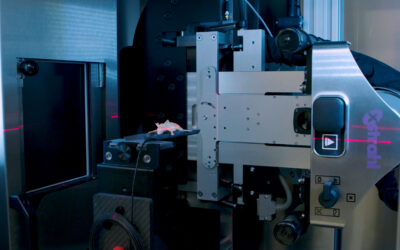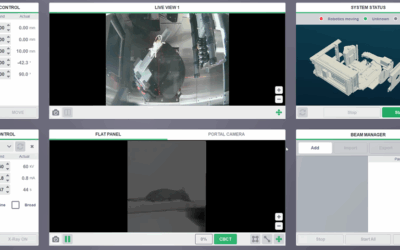This new code of practice for the determination of absorbed dose for x-rays below 300 kV has recently been approved by the IPEMB and introduces the following changes to the previous codes: (i) The determination of absorbed dose is based on the air kerma determination (exposure measurement) method. (ii) An air kerma calibration factor for the ionization chamber is used. (iii) The use of the F (rad/röentgen) conversion factor is abandoned and replaced by the ratio of the mass – energy absorption coefficients of water and air for converting absorbed dose to air to absorbed dose to water. New values for ratios of these coefficients are recommended. Perturbation and other correction factors are incorporated in the equations. (iv) New backscatter factors are recommended. (v) Three separate energy ranges are defined, with specific procedures for each range. These ranges are: (a) 0.5 to 4 mm Cu HVL; for this range calibration at 2 cm depth in water with a thimble ion chamber is recommended. (b) 1.0 to 8.0 mm Al HVL; for this range calibration in air with a cylindrical ion chamber and the use of tabulated values of the backscatter factor are recommended. (c) 0.035 to 1.0 mm Al HVL; for this range calibration on the surface of a phantom with a parallel-plate ionization chamber is recommended.
S C Klevenhagen, R J Aukett, R M Harrison, C Moretti, A E Nahum and K E Rosser
Download Paper
SPOTLIGHT: Behind the Beam: Tips, Tricks, and Translational Research from the Karolinska Institutet X-ray Irradiation Core Facility
Access the highly anticipated Xstrahl SPOTLIGHT Session, "Behind the Beam: Tips, Tricks, and Translational Research from the Karolinska Institutet X-ray Irradiation Core Facility," on demand now. This essential recording is a must-watch for radiation researchers and...







